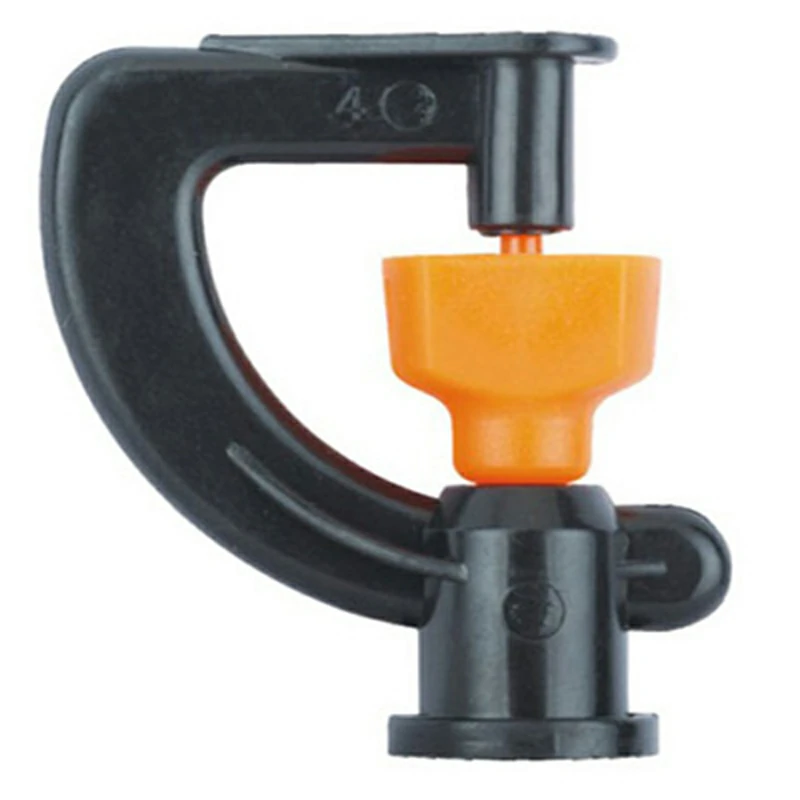Sprinkler tape, also known as drip tape, is a type of irrigation system that differs from traditional irrigation methods in terms of design, application, and repair methods.
Here are some key differences:
Water Distribution: Sprinkler tape is designed to distribute water directly to the root zone of plants in a precise and controlled manner. It typically has evenly spaced emitters or tiny holes along its length, allowing water to drip or trickle out uniformly. Traditional irrigation systems, such as sprinklers or overhead sprayers, distribute water in a broader spray pattern.
Water Conservation: Sprinkler tape is known for its efficiency and water conservation benefits. It delivers water directly to the plant’s root zone, minimizing evaporation and reducing water wastage. Traditional irrigation systems can be less efficient, as water can be lost due to wind drift, evaporation, or overspray.
Installation: Sprinkler tape is typically installed close to the ground, either on the soil surface or buried slightly. It is commonly used in row crops, vegetable gardens, or narrow planting beds where precise water application is desired. Traditional irrigation systems often involve the installation of sprinkler heads or sprayers above ground, mounted on risers or in fixed positions.
Maintenance and Repair: When it comes to repair methods, there are some differences between sprinkler tape and traditional irrigation systems:
Tape Repair: Sprinkler tape is often designed for single-season or limited-use applications. In the event of a tape break or damage, repair methods may involve cutting out the damaged section and splicing or connecting a new section of tape using couplings or connectors specifically designed for tape repair.
Traditional System Repair: Traditional irrigation systems typically involve a network of pipes, sprinkler heads, valves, and fittings. Repair methods for traditional systems may involve identifying and replacing damaged sprinkler heads, repairing leaks in pipes or fittings, or troubleshooting issues with valves or control systems.
It’s important to note that repair methods and techniques can vary depending on the specific components and manufacturers involved. Always refer to the manufacturer’s instructions and guidelines for proper repair methods for your particular sprinkler tape or traditional irrigation system.
Overall, sprinkler tape offers a more targeted and water-efficient method of irrigation, while traditional irrigation systems provide flexibility for various applications and may require different repair approaches due to their system complexity.
What is sprinkler tape, and how is it used in irrigation systems?
Sprinkler tape, also known as drip tape, is a type of irrigation system that delivers water directly to the root zone of plants through a long, narrow tube with evenly spaced emitters or tiny holes. It is a flexible, thin-walled tubing made of materials like polyethylene.
Here’s how sprinkler tape is used in irrigation systems:
Installation: Sprinkler tape is typically installed either on the soil surface or slightly buried. It is commonly used in row crops, vegetable gardens, or narrow planting beds. The tape is laid out along the planting rows, and its length can be customized to fit the specific area being irrigated.
Water Source Connection: One end of the sprinkler tape is connected to a water source, such as a main supply line or a header pipe. This connection can be made using fittings designed for sprinkler tape, such as couplings or adapters.
Water Distribution: Along the length of the sprinkler tape, there are evenly spaced emitters or tiny holes that allow water to drip or trickle out. These emitters or holes are designed to provide uniform water distribution along the tape. The spacing between emitters can vary depending on the specific tape design and the water requirements of the plants being irrigated.
Pressure Regulation: Sprinkler tape may require a pressure regulator to ensure that the water pressure is within the optimal range for efficient operation. sprinkler tape Pressure regulators help maintain a consistent and controlled flow rate throughout the tape, ensuring even water distribution.
Timer or Control System: Sprinkler tape can be integrated into an irrigation control system, which may include a timer or other automated devices. This allows for precise scheduling and control of watering cycles, ensuring that the plants receive the right amount of water at the right times.
Water Efficiency: Sprinkler tape is known for its water efficiency. It delivers water directly to the root zone, minimizing evaporation and reducing water wastage. This targeted approach can result in water savings compared to traditional overhead sprinkler systems.
Sprinkler tape is suitable for a variety of crops, including vegetables, fruits, and row crops. It provides a cost-effective and precise irrigation method, promoting water conservation and reducing the risk of water-related diseases, such as fungal infections on foliage.
It’s important to follow manufacturer instructions and guidelines for proper installation and operation of sprinkler tape in order to achieve optimal results and maximize water efficiency.
